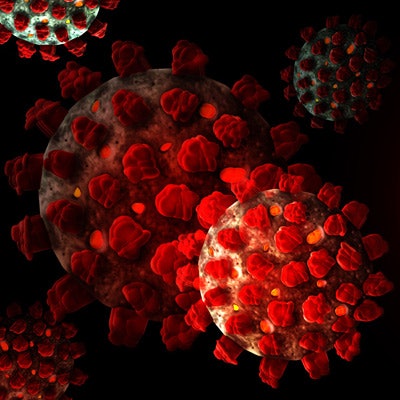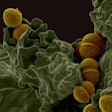
Targeted, symptom-based testing approaches may miss a large number of COVID-19 cases in long-term care facilities and may contribute to an overall higher mortality rate -- underscoring the importance of universal testing, according to a study published online July 14 in JAMA Internal Medicine.
At the start of the COVID-19 pandemic, the U.S. Centers for Disease Control and Prevention (CDC) recommended that only patients who exhibited symptoms consistent with COVID-19 (such as fever, cough, and other respiratory symptoms) should be tested for the disease. However, long-term care facilities have been a hot spot for SARS-CoV-2 infections, and mortality rates have remained high.
In their study of residents at 11 long-term care facilities in Maryland, researchers performed universal testing of 893 untested residents after targeted symptom-based testing had identified 153 cases of COVID-19. Testing involved the collection of nasopharyngeal swab samples and reverse transcription polymerase chain reaction (RT-PCR) analysis to detect SARS-CoV-2 RNA. Under the universal testing, 354 residents (39.6%) tested positive for SARS-CoV-2 RNA, thereby increasing the number of known cases from 153 to 507. Of the 507 total cases, 281 (55.4%) were asymptomatic.
"Using symptom-based testing alone to identify positive residents is not adequate to assess case burden and inform outbreak-control efforts in these settings," wrote corresponding author Dr. Morgan Katz, an assistant professor of medicine at Johns Hopkins University School of Medicine, and colleagues. "Additional testing resources are urgently needed to identify the true burden of COVID-19 and curb transmission in long-term care settings."
The authors also noted that the COVID-19 mortality rate in their study was lower than in data from the U.S. Centers for Medicare and Medicaid Services, which indicate an overall case fatality rate of about 33% among residents of long-term care facilities. In the Maryland study, the mortality rate was 4.6% for those who were asymptomatic at testing and 8.7% for those who were symptomatic at testing.
In the past, the CDC has been criticized for its restrictive testing guidelines; it now has loosened the testing criteria to include asymptomatic individuals with recent known or suspected exposure to SARS-CoV-2 as well as asymptomatic individuals without known or suspected exposure for early identification in special settings.












